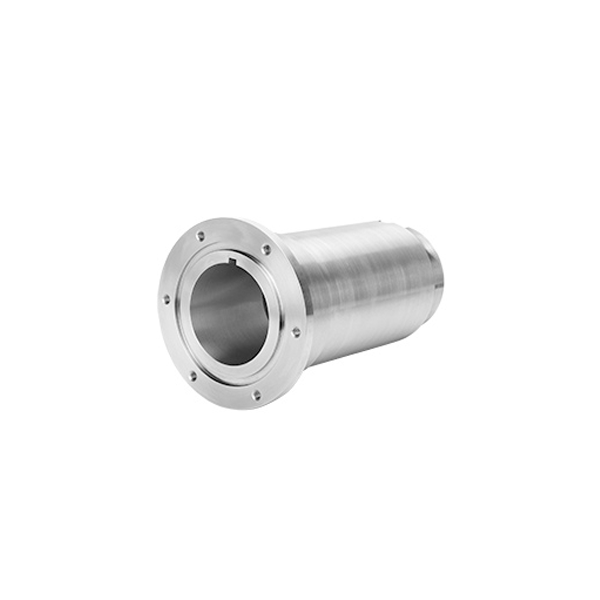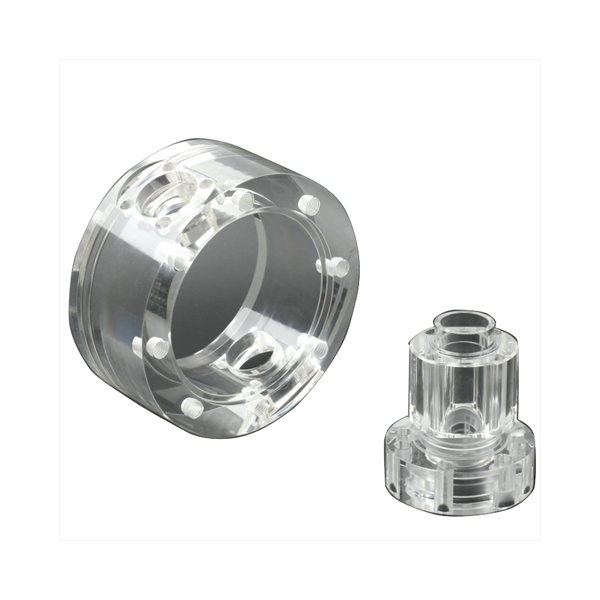GD Prototyping

CNC Non-Standard Parts
-
Machining Methods: CNC milling, CNC turning, 3-axis, 4-axis, and 5-axis machining
-
Tolerance Accuracy: ±0.005 mm
-
Surface Finish: Ra 0.2 – 1.6 µm (as-machined, polished, or treated)
-
Materials: Aluminum, stainless steel, titanium, copper, brass, plastics, composites
-
Production Scale: Prototype, small batch, and high-volume runs
-
Post-Processing: Anodizing, plating, painting, polishing, powder coating
- Description
- Specification
- Application
- FAQS
Non-standard components, or non standard parts, are specially designed to meet specific design or performance needs. They do not follow standard specifications and are often used when typical off-the-shelf components cannot meet certain size, shape, material, or function requirements.
You might consider non standard parts when working on projects that require special dimensions, tight tolerances, or unique mechanical behaviors. These parts can offer a better fit for complex assemblies, help reduce the number of separate components, and simplify installation. They can also support design flexibility, giving you more freedom to develop custom solutions without being limited by standard part availability.
In sectors such as aerospace, medical equipment, automation, and robotics, non standard parts are commonly used. For example, a medical device might need a component made from a specific material with exact surface properties. In automated systems, a uniquely shaped part may improve mechanical alignment or motion control. These components support systems that demand consistent precision and tailored functionality.
You can produce non-standard parts using technologies like CNC machining. These methods help shorten production cycles and allow fast iteration during product development. You can test, adjust, and finalize designs quickly before moving to volume production.
Flexibility is one of the key advantages. You can adjust designs as your project evolves without having to redesign an entire system. This adaptability also helps reduce waste and minimize the need for extra stock.
Although the cost per unit may be higher compared to mass-produced standard parts, the benefits often outweigh the difference. You reduce rework, improve assembly fit, and create parts that match your specific goals more closely.
When standard parts can’t meet your application’s demands, using non standard parts helps you stay aligned with your design, function, and quality expectations—without unnecessary compromise.
| Parameter | Value / Description |
|---|---|
| Material Options | Metals (stainless steel, aluminum, brass, titanium), plastics (ABS, POM, Nylon), and composites |
| Production Methods | CNC milling, CNC turning, CNC grinding, CNC drilling, wire EDM |
| Tolerance | Typically ±0.01 mm to ±0.1 mm, depending on material and complexity |
| Part Complexity | Highly customizable designs, including complex geometries, threads, and intricate features |
- Aerospace:Custom parts for aircraft, satellites, and drones, including brackets, structural components, and fasteners.
- Automotive:High-precision components like engine parts, transmission gears, custom brackets, and other critical systems.
- Medical Devices:Specialized components such as surgical instruments, implants, diagnostic equipment housings, and medical device enclosures.
- Electronics:Custom connectors, casings, heat sinks, and precision parts for consumer electronics, telecommunications, and power systems.
- Robotics:Custom joints, gears, and frames for robotic arms, autonomous vehicles, and industrial robots.
- Industrial Equipment:Custom tooling, machine parts, and fixtures used in manufacturing machinery and production lines.
- Military & Defense:Non-standard components for military applications, including specialized fasteners, housing, and structural parts.
- Energy & Power:Custom parts for turbines, wind generators, oil rigs, and renewable energy systems that require high durability and precision.
1. What are CNC non-standard parts?
CNC non-standard parts are custom-designed components that do not adhere to standard specifications, made to meet specific customer requirements or unique applications.
2. What materials can be used for CNC non-standard parts?
Materials include metals (stainless steel, aluminum, titanium, brass), plastics (ABS, POM, Nylon), and composites, depending on the application.
3. How precise are CNC non-standard parts?
CNC machining provides high precision, with tolerances typically ranging from ±0.01 mm to ±0.1 mm, depending on the complexity of the part.
4. What are the lead times for CNC non-standard parts?
Lead time generally ranges from 5 to 15 working days, depending on the part's complexity, size, and production method.
5. Can I request custom features or designs?
Yes, CNC non-standard parts are highly customizable, allowing you to include custom threads, holes, and complex shapes based on your design specifications.










